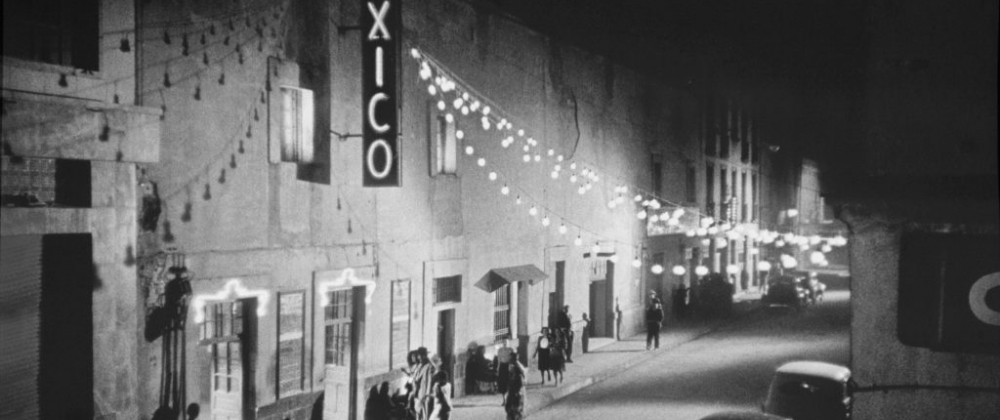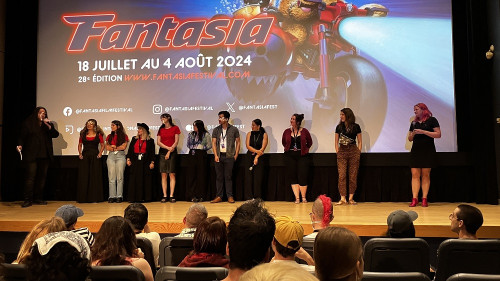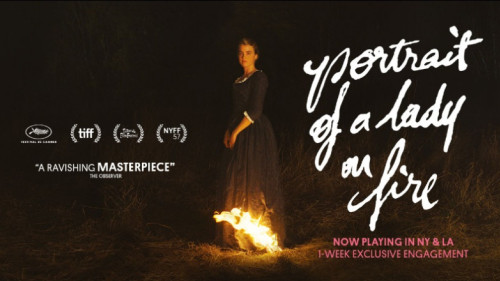Volume 24 Issue 5-6-7 / May–July 2020
Film Noir Triple Issue
In this issue
-
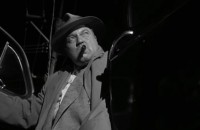
NOIR CITY INTERNATIONAL: the 18th Annual San Francisco Film Noir Festival, 24 January – 2 February, 2020, “It’s a bitter little world”. Part 1
Part 1: Defining Film Noir
-

NOIR CITY INTERNATIONAL: the 18th Annual San Francisco Film Noir Festival, 24 January – 2 February, 2020, “It’s a bitter little world” Part 2
International Film Noir
-

NOIR CITY INTERNATIONAL: the 18th Annual San Francisco Film Noir Festival, 24 January – 2 February, 2020, “It’s a bitter little world”, Part 3
International Noir from Republic of Korea, Italy, (the former) Czechoslovakia, England, Japan, and (the former) West Germany
-

Charles Laughton’s Uniquely Noir Night of the Hunter (1955)
-

Adam Nayman on Ben Wheatley
Ben Wheatley: Confusion and Carnage
-
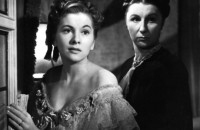
The Women Who Ran Hollywood?
Book Review
-

Blood Simple
Noir Meets New Hollywood
-

In conclusion, John Boorman
-
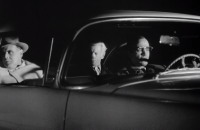
The Brain Eaters (Bruno VeSota, 1958): Science-Fiction Meets Noir
-

Blast of Silence: Noir at the End
-
-small_200_130_90_c1.jpg)
A Matter of Principal (Jeffrey Goodman , 2003) & The Last Lullaby (Jeffrey Goodman, 2008)
Hard Case Crime, Film Noir style
-
-small_200_130_90_c1.jpg)
The Velvet Touch (Jack Gage, 1948)
-
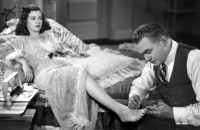
The Woman in the Window and Scarlet Street (Fritz Lang, 1944/1945)
-
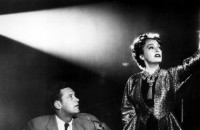
Sex & Pen: the representation of writers in Sunset Boulevard and In a Lonely Place
-

Nothing Is Wrong: Notes on Costume in Klute (1971)
Perhaps no other genre, which maybe isn’t even a genre, has had more print spilled on it, has had more enthusiastic fans, and academics committed to keeping its legacy alive than film noir. Whether a genre, a movement, a cycle, or a style, one things is sure: it seems to have brought out the best in many writers and directors. It is the one category of film where even an unknown or journey person filmmaker has excelled when delving into the film noir territory. Something about the stories, themes, character types and film lexicon (chiaroscuro lighting, dutch angles, powerful openings, complex narrative structures, ambiguous moral situations) seems to bring out the best of performers an artists. Offscreen really delves into this unusually resilient film (put in your own preferred description here, I lean toward movement) with a triple bill issue, with essays and reviews that run the gamut. Some, like the three-part essay by Peter Rist, get to the heart of Noir City with coverage of one of the world’s most important film noir festivals, the San Francisco Noir City Festival. Doug Buck also tackles noir that represents the classic 1940s, 1950s period (The Velvet Touch, Fritz Lang’s Scarlet Street and The Woman in the Window) but is also the only contribution that considers the literary side of film noir, with the hard boiled novels of Max Allan Collin, while my own two contributions tackle one film that is noir not by design (The Brain Eaters) while a second which is was made past the often established end point of the classic period (Blast of Silence, 1961). Menard also writes on one classic noir that exemplifies how far the fil, noir can stretch (Night of the Hunter) and a later neo-noir, Blood Simple. And Colin Arason writes on two late noir classics, Nicholas Ray’s In a Lonely Place (1951) and Billy Wilder’s Sunset Boulevard (1950). Stempel’s book review of J.E. Smyth’s Nobody’s Girl Friday: The Women Who Ran Hollywood crosses over with many women who dabbled in noir, and feels very relevant in this #metoo period, and demonstrates how, even with great uphill struggles in the way and roadblocks, women made important contributions to Hollywood in the classic period of 1930 to 1950 as creative players in the field of screenwriting, producing, and editing. Also concerned with film noir from a gender perspective is Elaine Lennon’s study on the role of costume in Klute (1971). The costuming of Jane Fonda in the 1971 release Klute constitutes the apotheosis of fashion, image and stardom. Designer Ann Roth’s collaboration with star Jane Fonda, director Alan J. Pakula and writers Alan and Dave Lewis, is a high water mark for the art of film costume and set the standard for future films; while Fonda’s award-winning performance secured her in the pantheon of great modern actors. Her role as cultural icon was immediately problematised by her political activism yet this very complication creates a different level of discourse by which to explore her position as a Hollywood star. This transition occurs at a particular socio-historical moment which elevates the film in a way that none of its makers could have. In a time when Hollywood actors give themselves over easily (if not always wholeheartedly) to the current hot political item, Jane Fonda was a unique star female performer whose on screen persona became entwined with her off-screen political engagements with issues such as the Vietnam War, feminism and female self-empowerment through body image. In this close analysis of the use of costume in the neo-noir Klute Elaine Lennon reveals how Jane Fonda formed and controlled the tricky negotiation between her on-screen and off-screen personas. Neol Shine’s interview with John Boorman fits in to the noir theme largely on the back of one film, Point Blank (1967), but WHAT A FILM! Jordan Adler reviews a book by Adam Nayman on a contemporary director who perhaps has one of the most complex relationships to the film noir, Ben Wheatley. (Donato Totaro, ed.)

